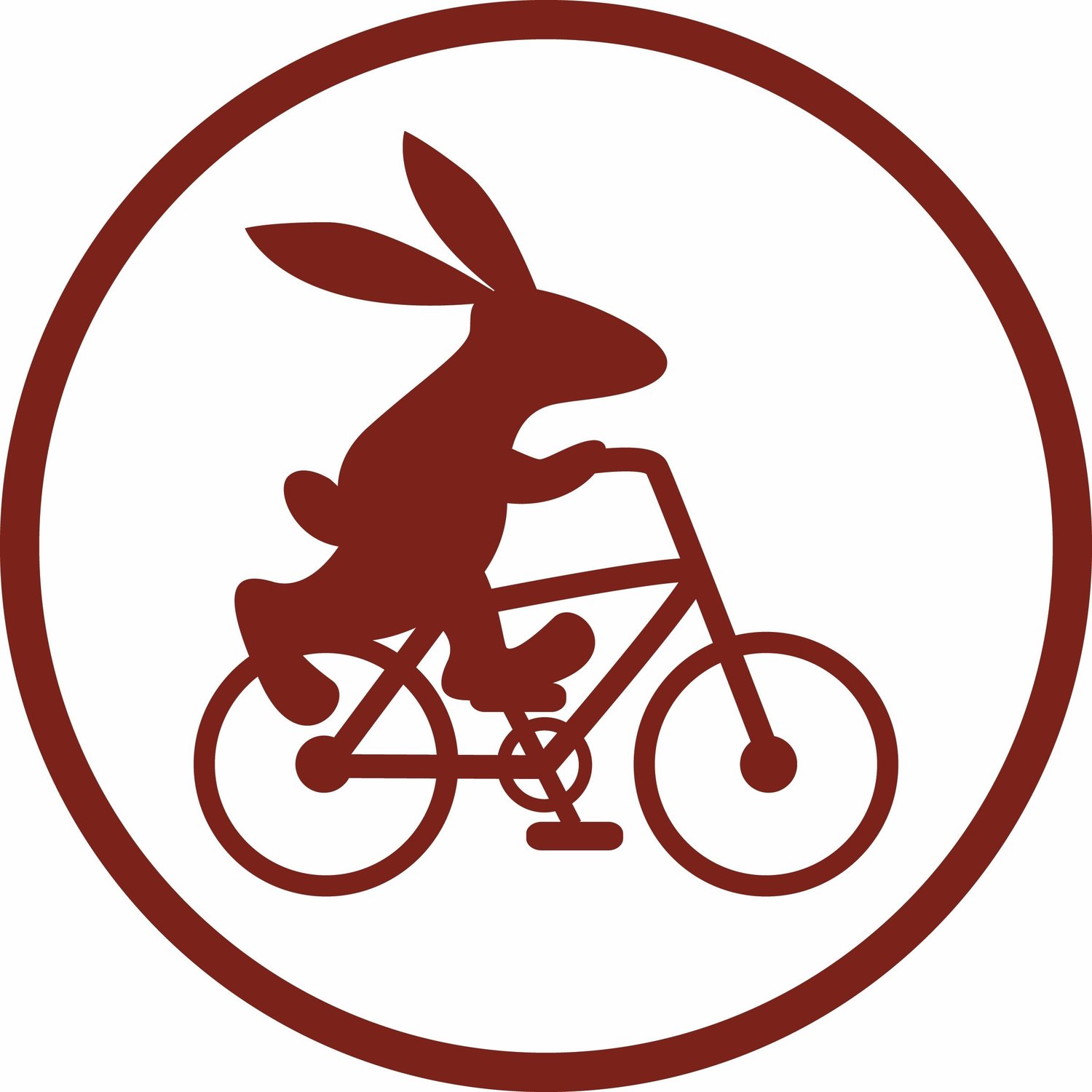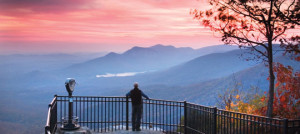What's Upstate and the Down Lowcountry in South Carolina?
/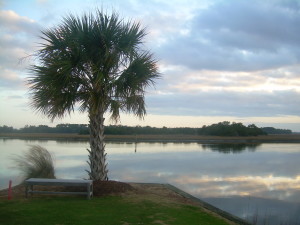
Welcome to the Palmetto State! That's South Carolina! Soon after you arrive you will hear locals referring to us in Greenville as the "Upstate" and the region of the beaches and Charleston as the "Low Country". Each region (with the Midlands in between) has distinct characteristics. This post intends to provide a brief overview to get y'all acquainted with the differences, bearing in mind that for the most part, anywhere in South Carolina can be reached from anywhere else in South Carolina within four hours. So, once here, you may want to go galavanting around a bit.
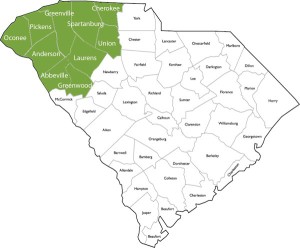
The Upstate is comprised of ten counties in the northwest corner of South Carolina often referred to as Ten at the Top and is also part of the Appalachian Council of Governments.
As a gateway to the Blue Ridge Mountains, the Upstate is lake and waterfall country.
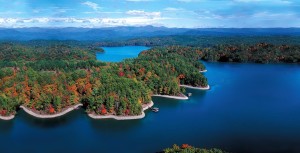
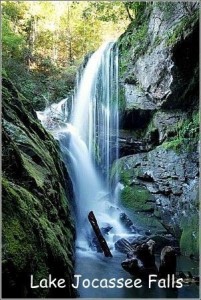
All manner of boating, paddling, swimming, mountain bike and hiking tendencies are heartily indulged! Most of our visitors seek out the Upstate primarily to get outside!
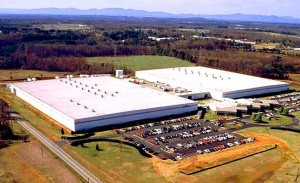
Snuggled in between the major metro hubs of Charlotte, NC and Atlanta, GA, the Upstate has a reputation for business, big business. Greenville - Spartanburg - Anderson MSA has been ranked Seventh in the nation for economic development. Many corporations such as Adidas, Bausch & Lomb, Microsoft and Ernst & Young have corporate or regional headquarters here.
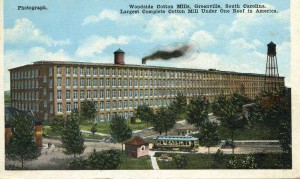
From new industry to old industry, to even older industry the Upstate has always been busy. It's also known as the Mill Region for very good reason. Textile mills built in the early 20th century dotted the landscape until the 1970s when many were torn down, repurposed into modern housing or converted into historic sites. Greenville sits at the convergence of five rail lines which made transportation of goods efficient. Woodside Mill in Greenville, built in 1902, at 300 yards and five storeys, was the largest mill under one roof in the world. A mill village was an all inclusive compound for workers, usually complete with a church, community center, store and other services. The modest family houses were then built around all the common buildings. Many of the Upstate's attractive new housing developments and cultural projects involve refurbishing these mill villages.
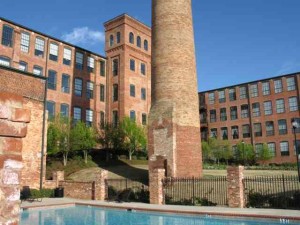
Of course when you think of the historic South you think of plantations and the Upstate has those too! With more cotton, corn and cattle raised in the northwest of the state and, rice and indigo in the southeast we have rich historic sites to spend a day steeped in history.
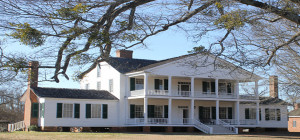
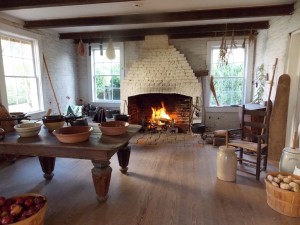
Brattonsville Plantation and Rose Hill Plantation, among others, offer tours and activities for all ages.
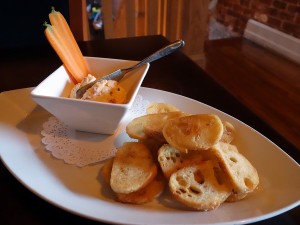
No, we didn't forget the food! You won't last an hour in the Upstate without hearing the words "Pimento Cheese", "Sweet Tea", "She Crab Soup" or, of course, the region's food religion: "Barbecue". Also Bacon and Bourbon are near to our hearts, and shrimp and grits? Can't get through a week without it. I'll attempt to outline subtle differences with Lowcountry cuisine in the next segment.

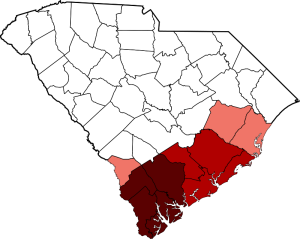
Heading down, down south to the Lowcountry things start to look a little different and feel a little different. The Sandhills, geological remnants of the ancient coastline, physically mark the beginning of this region which encompasses coastal communities from the Savannah River at the Georgia state line to Pawleys Island on the northeast end. This includes renown resort islands like Hilton Head and Kiawah.
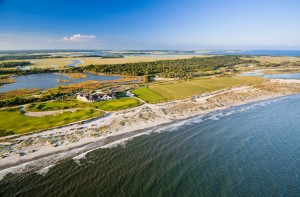
Architecture reflects this as all that brick of the Upstate gives way to timber and pilings with many structures having a raised floor to accommodate swampy areas, the high water table, and stormy high tides. Large, covered "wraparound" porches invite one to "set a spell".
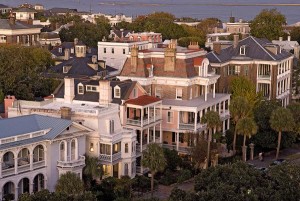
The port of Charleston has been a natural draw since the 17th century and sometimes the cultural identity seems to revolve around cuisine based on the abundance of local seafood. Notables to seek out and stop in your tracks for include: afore mentioned She Crab Soup, a creamy affair with a touch of sherry, Cooter (turtle) Soup, Frogmore Stew, Crab Cakes, Charleston Red Rice, Chicken Perlau, Shrimp and Grits (so many varieties to choose from!) and Hoppin' John (Black-eyed peas, rice and pork) .
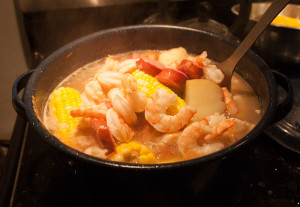
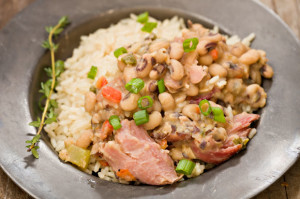
The area is heavy on historic Civil War sites, and grand plantations, many focused more on rice and indigo production than cotton. Exploring any of these can fill the better part of a day.
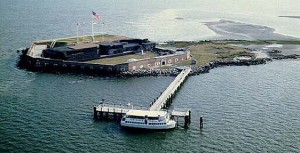
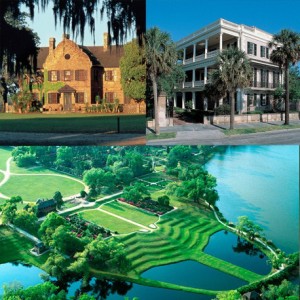
The Lowcountry is also home to a vibrant Gullah community. You can visit St Helena Island, and other areas, where tours, events and activities can be found to experience the culture of the Gullah/Geechee Nation.
We can't leave out the Midlands or the Pee Dee regions! The Midlands are home to the state capital of Columbia.
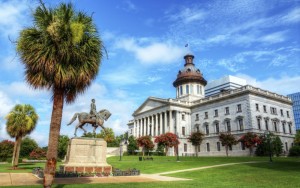
A nod to pastoral and picturesque Aiken, also in the Midlands. Aiken is HORSE Country (and home to University of South Carolina at Aiken) a perfect compliment to nearby Augusta GA, which is golf country. If these pursuits are your pleasure or you have students in your family you may be stopping off in the Midlands.
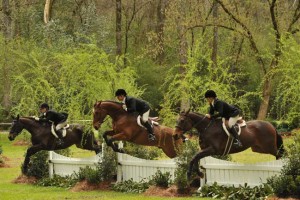
The Pee Dee, named after the Native American Pee Dee tribe is home to Florence, Myrtle Beach, and the Grand Strand. In addition to recreating on the water, a fair amount of forestry goes on there.
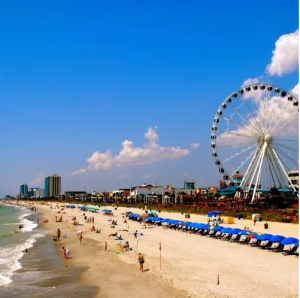
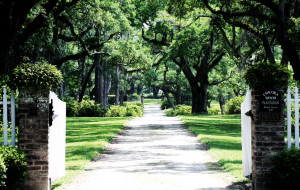
Lest we forget to mention... The Dark Corner, a small patch of the Upstate in Greenville County near the NC state line was once said to be crawling with hillbilly moonshiners and other dark doings. The Dark Corner Distillery can get you started with that page of history...
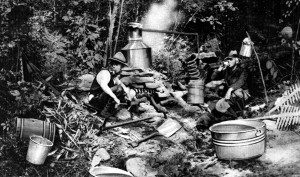
We hope you have our geography a little better straightened out! Pack your bike, your hiking shoes, fishing rod, swim suit, AND your appetite because I just heard someone shout ROAD TRIP!!! Have fun y'all, 'n' try not to get arrested.
--Percy
